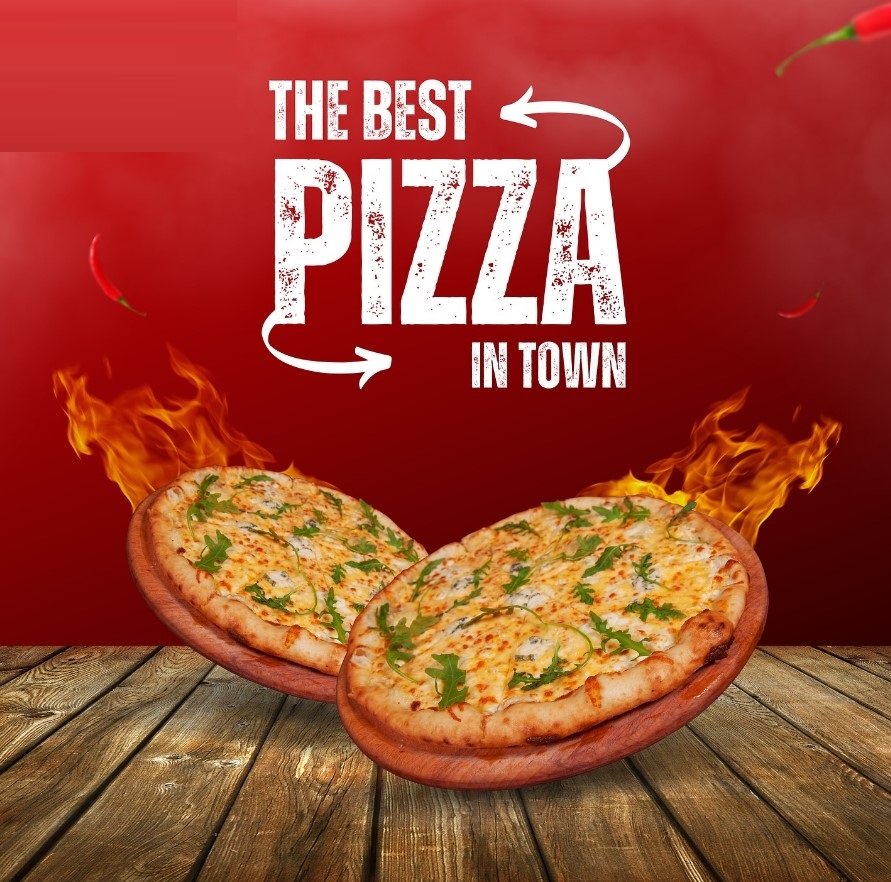Introduction
Domino’s Pizza is one of the most recognizable pizza chains in the world. Founded in the United States, the company has grown into a global powerhouse, serving millions of customers daily across various continents. Whether it’s their signature hand-tossed pizzas, innovative delivery services, or strong marketing strategies, Domino’s has consistently remained at the forefront of the fast-food industry.
This article delves into the history, business model, menu, marketing strategies, global expansion, and future prospects of Domino’s Pizza.
History and Founding
Domino’s Pizza was founded in 1960 by Tom Monaghan and his brother James in Ypsilanti, Michigan. Initially, they purchased a small pizzeria called “DomiNick’s.” A few years later, Tom Monaghan became the sole owner after buying out his brother’s share. In 1965, he rebranded the business as “Domino’s Pizza.”
The brand’s iconic three-dot logo represents the original three locations Domino’s had in its early days. Initially, Monaghan planned to add a new dot for each new store, but the company’s rapid expansion made that plan impractical.
By the 1980s, Domino’s had grown exponentially, expanding across the U.S. and internationally. Today, Domino’s is one of the largest pizza chains in the world, with thousands of stores spanning over 90 countries.
Business Model and Operations
Domino’s operates on a franchise-based business model. While some stores are company-owned, the majority are franchise-owned, allowing entrepreneurs to run individual stores under the Domino’s brand. This approach has helped the company expand rapidly while maintaining brand consistency.
Key components of Domino’s business model include:
- Franchising: Most Domino’s stores are owned by franchisees, who pay fees to operate under the brand.
- Efficient Supply Chain: Domino’s owns and operates supply chain centers to provide consistent ingredients and materials to all franchisees.
- Technology Integration: The company heavily invests in technology, including mobile apps, online ordering, and AI-driven customer service.
- Delivery Focus: Domino’s is known for its fast and efficient delivery system, which remains a core part of its business.
Menu and Offerings
Domino’s offers a diverse menu, with pizzas as its main attraction. However, over the years, the company has expanded its offerings to include:
- Pizzas: Hand-tossed, pan, thin crust, gluten-free, and specialty pizzas.
- Pasta: Oven-baked pasta dishes.
- Chicken: Boneless chicken, wings, and specialty chicken dishes.
- Breadsticks and Sides: Cheesy bread, garlic bread, and stuffed cheesy bread.
- Desserts: Lava cakes, brownies, and cinnamon twists.
- Beverages: Soft drinks and bottled water.
Domino’s frequently updates its menu to cater to different regional tastes and customer preferences.
Marketing Strategies
Domino’s has built a strong brand through innovative and engaging marketing campaigns. Some of its most effective strategies include:
1. Tech-Driven Marketing
Domino’s has embraced digital marketing with online ordering, AI-driven chatbots, and GPS tracking for deliveries. Its mobile app allows customers to place and track orders seamlessly.
2. Reinventing the Brand
In 2009, Domino’s launched the “Pizza Turnaround” campaign, acknowledging that its pizza needed improvement. The company publicly admitted its flaws and revamped its recipe, gaining customer trust and boosting sales.
3. Social Media and Influencer Marketing
Domino’s actively engages with customers on social media platforms like Twitter, Instagram, and TikTok. Collaborations with influencers and creative ad campaigns keep the brand relevant among younger audiences.
4. Unique Promotions
Promotions like “Any Pizza, Any Size for $5.99” and loyalty programs such as “Piece of the Pie Rewards” encourage repeat business.
Global Expansion
Domino’s has established a strong presence in over 90 countries. Some key aspects of its international success include:
- Adaptation to Local Tastes: Domino’s modifies its menu based on regional preferences. For example, in India, it offers paneer and tikka-based pizzas, while in Japan, it has seafood-topped options.
- Strategic Partnerships: Local franchise partnerships help Domino’s understand and cater to different markets.
- Delivery Innovations: In some regions, Domino’s uses drones and robots for deliveries to stay ahead in the market.
Future Prospects
Domino’s continues to evolve, leveraging technology and innovation. Some expected trends and future developments include:
- AI and Automation: Enhanced use of AI for customer service, order tracking, and inventory management.
- Sustainability Initiatives: Eco-friendly packaging and sustainable ingredient sourcing.
- Expansion into New Markets: Continued growth in emerging markets with new franchise agreements.
- Faster Delivery Innovations: Testing autonomous delivery vehicles and drone delivery systems.
Conclusion
Domino’s Pizza has transformed from a small Michigan-based pizzeria into a global fast-food leader. Its commitment to innovation, marketing excellence, and customer satisfaction has ensured its long-term success. With continuous advancements in technology and global expansion, Domino’s is poised to remain a dominant player in the pizza industry for years to come.
